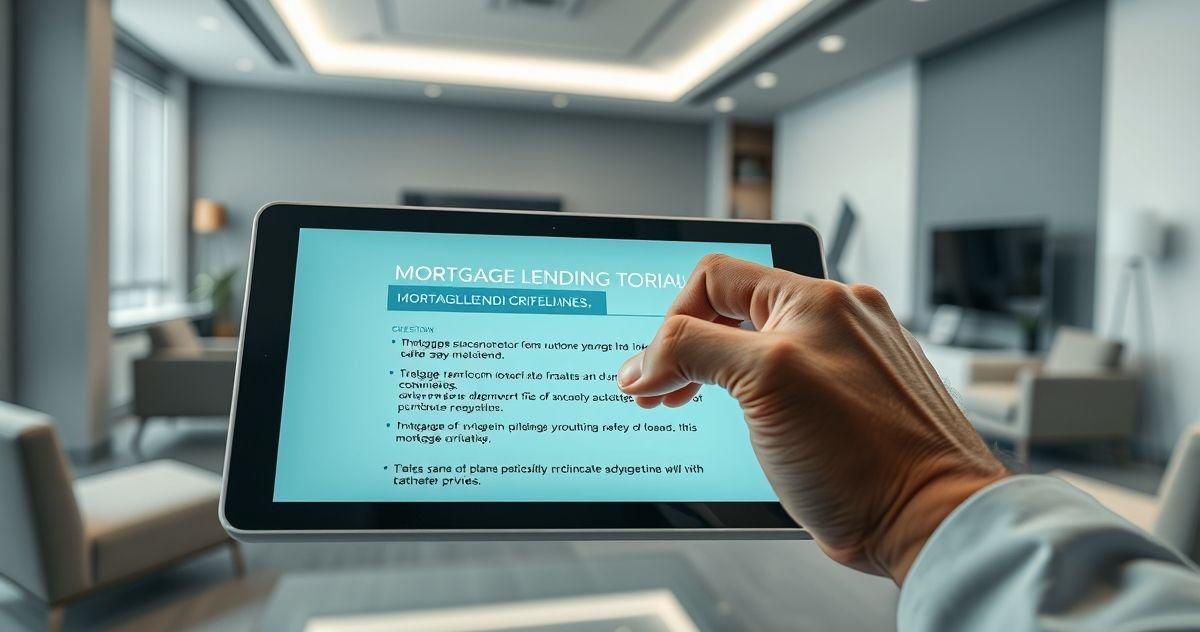When applying for a mortgage, you encounter both baseline government standards and lender-imposed extra requirements known as credit overlays. Even if you meet federal agency guidelines set by Fannie Mae, Freddie Mac, FHA, VA, or USDA programs, your lender might enforce tougher rules to minimize their risk exposure.
How Credit Overlays Work
Government and government-sponsored entities (GSEs), including the FHA and Fannie Mae, establish minimum credit score, debt-to-income ratio (DTI), and other underwriting criteria for qualifying borrowers. For example, the FHA allows a minimum credit score of 580 for its 3.5% down payment loans, while Fannie Mae typically prefers a score of 620 or higher for conventional loans.
Individual lenders, however, can apply overlays by requiring higher credit scores, lower DTIs, larger cash reserves, or additional documentation, particularly for unique borrower situations like self-employment. For instance, one bank might require a credit score of 640 for FHA loans despite FHA guidelines allowing 580.
Why Do Lenders Use Overlays?
Lenders sell most mortgages to investors but may face significant financial loss if a loan defaults and they must repurchase it. Credit overlays help lenders reduce this “buyback risk” by ensuring they only approve lower-risk borrowers according to their risk tolerance.
Typical Credit Overlay Examples Include:
- Higher minimum credit scores than federal guidelines.
- Reduced allowable DTI ratios (e.g., a max 43% instead of 50%).
- Larger post-closing reserves held in the borrower’s accounts.
- More stringent income verification for self-employed applicants.
Key Agencies Setting Baseline Loan Guidelines:
- Fannie Mae and Freddie Mac (GSEs): Serve conventional loan borrowers.
- Federal Housing Administration (FHA): Supports first-time buyers and those with lower credit.
- Department of Veterans Affairs (VA): Offers loans to eligible veterans and active military.
- U.S. Department of Agriculture (USDA): Provides loans for rural and some suburban properties.
Navigating Credit Overlays
If a lender denies your loan due to overlays, consider these tips:
- Shop around. Different lenders have different overlays or none at all.
- Ask loan officers directly about their credit overlays to understand their requirements.
- Use a mortgage broker who can match you with lenders that fit your financial profile.
- Improve your credit score, reduce debts, and increase cash reserves to meet stricter overlays.
Are Credit Overlays Legal?
Yes. Lenders may legally enforce overlays if they apply them consistently and comply with fair lending laws, including the Equal Credit Opportunity Act.
Do Overlays Change Over Time?
Yes. During economic downturns, lenders often tighten overlays; during robust markets, overlays may be relaxed.
Important Note: Meeting FHA or other agency guidelines doesn’t guarantee loan approval since lenders add their overlays beyond those minimums.
For more detailed mortgage qualification information, see our Mortgage Qualification Criteria page.
Sources:
- Consumer Financial Protection Bureau on Mortgage Overlays
- Investopedia Explanation of Lender Overlays
- NerdWallet Guide on Debt-to-Income Ratio
This article helps borrowers understand how credit overlays impact mortgage approval in 2025, empowering smarter loan shopping and preparation.
